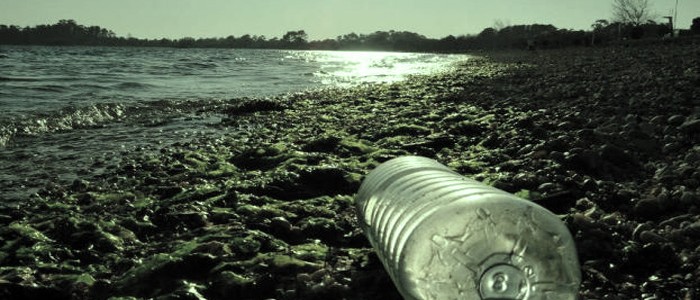All we do, there is a trace on the planet, in the same way other ages made, the present one let a track on the floor of the Earth. Our life in this world will be influenced by new elements that come up because of our activity. Different kind of rocks and fossil fuel were made up with time and let us see which were the life conditions in that age. The International Environmental Day, Canadian scientifics announced a new discovery. They found a new type of rock that is based on melting waste plastic from rubbish we launch to the seas and ocean, of course they are mixed with natural rests of the deep nature. Scientists called this material plastiglomerate, generally it is formed in the beaches that are rich in deposits, pieces of lava, and organic materia rests that are in the seashore. When this mixture arrives to the coast line, then it joins to the plastic that before we launched to the ocean, and then everything compacted turn out a new type of rock, a geological remnant of our unawareness. This new rock was discovered in Kamilo island beach in Hawai, one of the dirtiest coasts worldwide. We can find the rock in two ways: “in situ” they are embed into the rock mass and the other ones, in pieces, we can find wherever. “In situ” rocks are rarely to find, more than the others that are formed by coral, basalt, sand, wood, or melting plastic. This new material is denser than the original one, that means it can be buried , and it can be conservered better that the conventional plastic. At the begining, people thought that plasticaglomerate was formed because the heat of lava melted this material, but it is impossible because lava was present before plastic was discovered. The material started to exist when human being start its action in ocean with tones of waste plastic. Rocks appeared in Kamilo island because, the inhabitants burned plastic waste in the seashore. Source: Inhabitat



